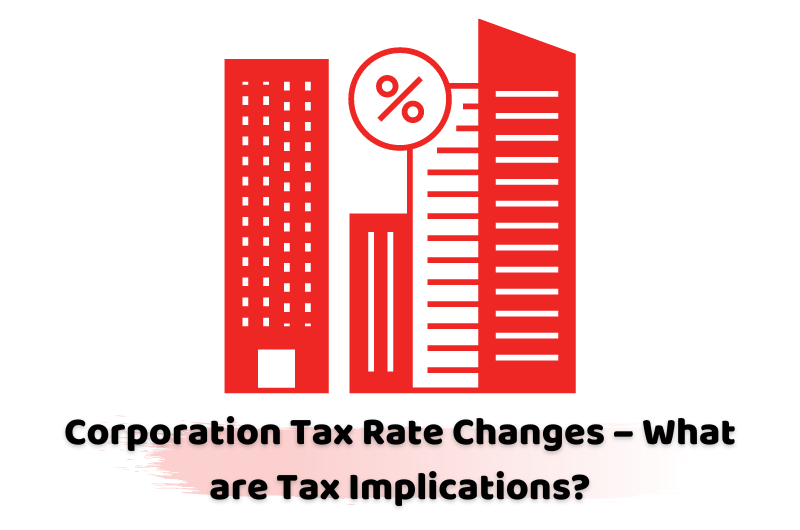Most directors know that as of 1 April 2023, companies with taxable profits in excess of £250,000 will pay corporation tax at the main rate of 25%. Companies with taxable profits of £50,000 or less will still be charged at 19% and those with profit levels between £50,000 and £250,000 will pay tax at 25%, reduced by marginal relief. However, many directors may be unaware that rules for determining associated companies are being reintroduced at the same time and may not have considered the impact the change in the rules may have on their bottom line.
These rules state that companies with subsidiaries or associated with each other will share the marginal relief thresholds thereby drastically increasing the tax bill for some companies. Originally in place nearly eight years ago, the reason for their reintroduction is that following the increase in tax rate some companies may consider splitting the company’s activities across multiple entities in an attempt to fall below these thresholds. The ‘associated’ rules mean that is not possible. Calculations show that, should there be three associated companies, when calculating the marginal relief available, the lower profits limit for each will be as low as £16,667 with the upper profits limit being £83,333.
What is An ‘Associated Company’?
The tax rules state that ‘a company is to be treated as an associated company of another at a given time if at that time, or at any other time within one year previously, one of the two has control of the other or both are under the control of the same person or persons.’ Therefore, if company A controls company B then, generally speaking, they are associated. Similarly, if all or some of the same individuals also control other companies, those companies may be associated and so have to share thresholds.
The important word here is ‘control’. Usually ‘control’ rests with the person or persons owning the majority of a company’s shares with voting rights but this need not be the case. If a person is entitled to acquire the greater part of the company’s income or assets either on winding up or otherwise, then that also comes under the definition of ‘control’. A company may also be associated with another despite not being under the common control of one person if there is what is termed in the regulations as ‘substantial commercial interdependence’ between them, e.g. if the two companies share premises or staff. In the past HMRC have deemed a dry-cleaning company and the agent of that company as being ‘associates’.
If this type of connection exists, any shareholder must also count their relatives, business partners and certain trusts and estates when considering whether a company is ‘associated’ with another.
The only time that the ‘associated’ rules do not apply is when a company has no business activities during the relevant accounting period, so here we are looking at dormant companies and companies incorporated to passively hold investments (actively buying and selling investments will mean coming within the rules).
Calculation 2022/23
An associated company with an accounting period straddling 1 April 2023 will divide its profits between the period up to and including 31 March 2023, and the period thereafter. Profits incurred during the first period will be taxed at 19%, with profits falling after (within the financial year 2023) taxed at the appropriate rate depending on the level of profits falling into that period with the upper and lower profits limits being proportionately reduced depending upon the number of associated companies.
Partner Note: HMRC Company Taxation Manual – CTM03570 and CTM03770
s25 (4) Corporation Taxes Act 2010





















































